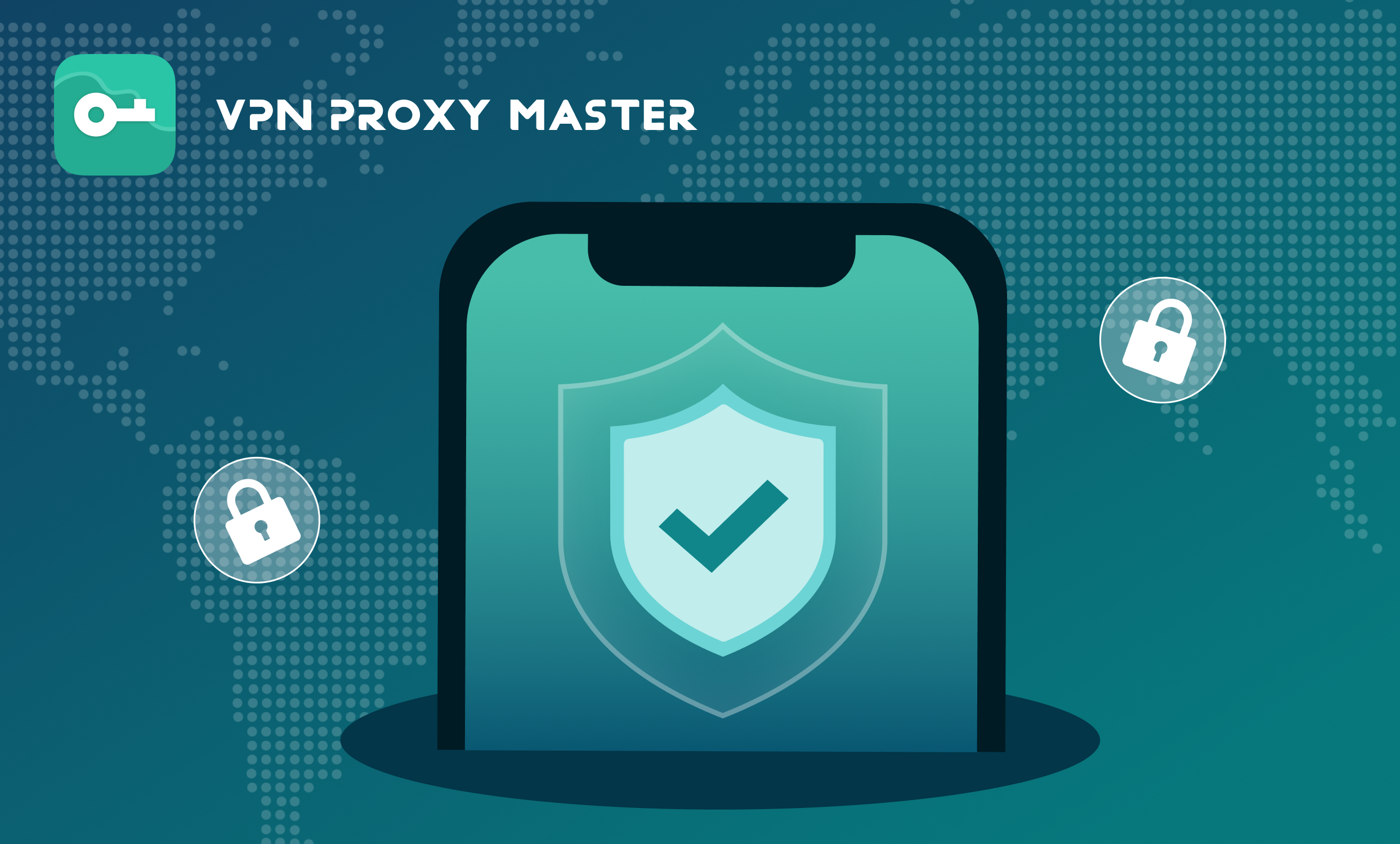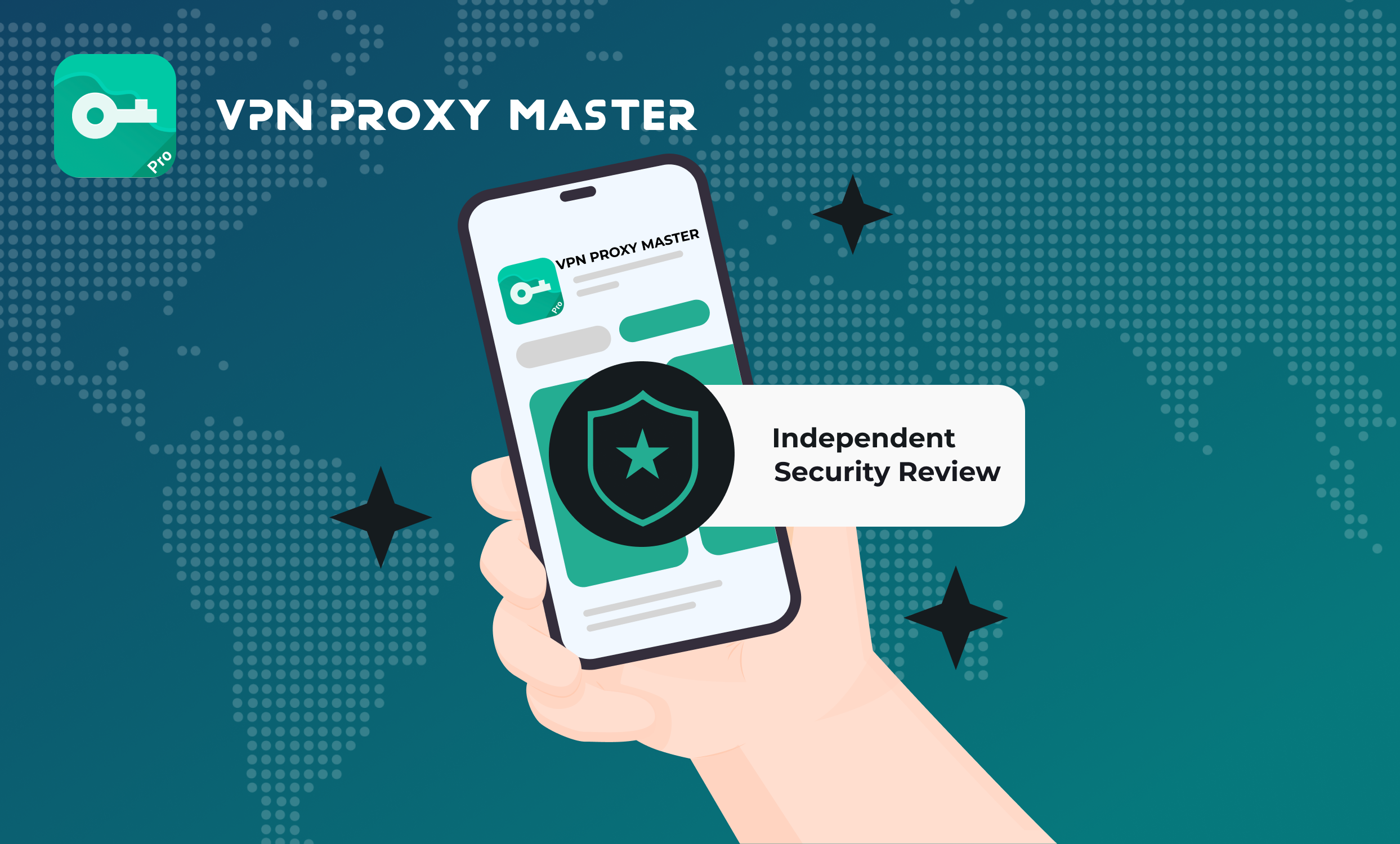
First, let's understand the basics. What is zero-trust security? This article tells you in simple terms what zero-trust security means.
The Zero Trust Reference Architecture was established in 2020. In 2020, 72% of organisations want to build and utilise zero security principles in their online transaction processes. However, 47% of security professionals do not know how to set up a zero-trust security system. Thus, it seems that there is a huge talent gap for the application of this feature.
In fact, zero-trust security is a principle based on the assumption of zero trust. Earlier, data security meant protecting the data within an organisation's premises. Until then, everything within the premises could be trusted. However, today employees can access any company data from any location. This gives cyber attackers even more entry points for data snooping. Typically, the list of devices in question involves SAAS applications, IAAS applications, I.O.T. devices and remote devices.
The zero-trust approach to security is "Never trust, always verify". Simply put, don't trust anything such as devices, networks, applications. In fact, don't trust anyone —— including people inside or outside the organisation. That's why 52% of security professionals have implemented a zero-security approach, while another 18% are exploring implementation.
Below, 7 security principles for building a strong zero-trust security model are listed.
1. Zero trusts in networks
Zero trust breaks your network into microscopic segments including: identifying assets, creating multiple junctions, and adding inspecting points. This will stop malicious and unauthorised movement, making it easier for systems to identify and isolate intruders.
2. Zero trust workloads
This ensures that the workload is secure. The highest priority is given to devices that use the public cloud, as these are the most vulnerable.
3. Zero trust data
As a rule, we have all enhanced our security. Why? To keep our data safe, isn't it? Zero trust monitors data transactions. It monitors the exchange of data between devices, including all applications on the network.
4. Zero trust people
Secondly, never trust anyone. Did you know that 81% of intrusions occur through the theft of user credentials? Applying zero-trust security mechanisms will help users to tighten access controls, thus reducing the chances of such incidents occurring.
5. Zero trust devices
In addition, 70% of breaches involve compromised devices. Zero trust considers every device connected to the network to be a threat, whether it is a mobile device, an IoT device or otherwise. As a rule, supervisors should monitor every connected device to ensure information security.
6. High visibility and analytics
The model works best when continuous monitoring is taking place. In fact, these activities need to be analysed as well. Hence, data, activities, etc. should be transparent at least to the supervisor.
7. Automation
The security infrastructure needs to be integrated with the entire IT arrangement. A well-arranged, Zero-Trust Reference Architecture ensures speed and agility. This improves the incidence response, task delegation, and policy accuracy.
All in all, zero-trust security is the latest security model that ensures maximum effectiveness. If you would like to learn more about how to implement zero-trust, follow VPN Proxy Master on FaceBook and Instagram. We will soon be publishing a separate article on "How to implement zero-trust?"















